EMS Airway Articles
Follow the latest articles, clinical reviews, case studies, and experts on EMS Airway.
Subscribe to get email alerts as new content is posted.
Articles
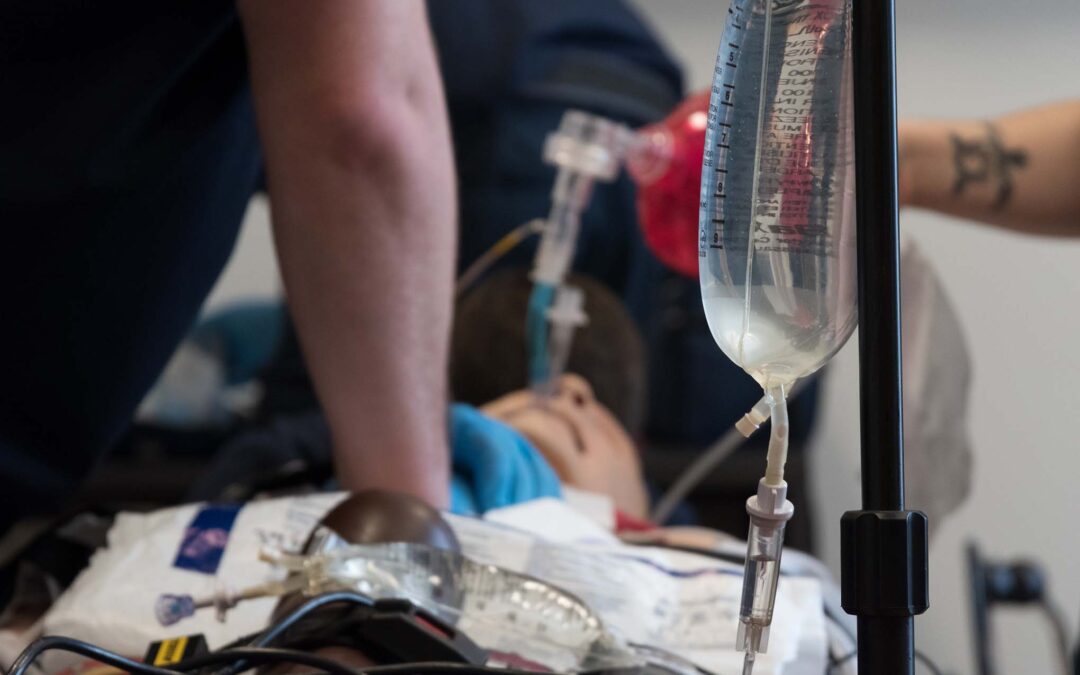
Arrested Development in Airway Management
Learn why airway strategies in cardiac arrest are stalled and how evidence supports better outcomes with ETI or SGA.
Select Article Type

Steakhouse Syndrome is a unique condition that isn’t an occlusive airway problem like choking.

This is an excellent case of good assessment and using all of your tools to assess your patient.

Even a small misstep can cause some people to undergo respiratory distress.

To sustain life, we trust our training. But how do we remain centered?
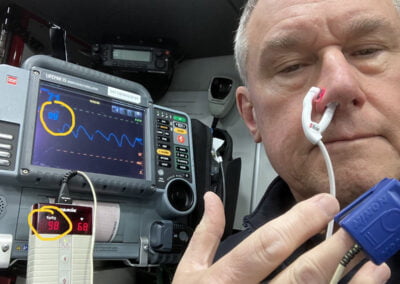
Here are some alternatives to the standard finger sensor for difficult SpO2 acquisition.
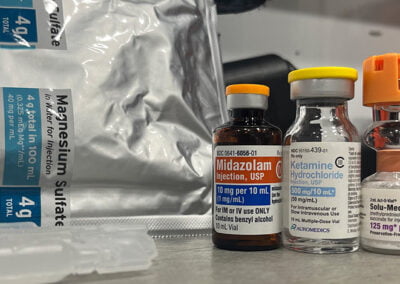
This is a case review involving a 25-year-old male patient presenting to EMS with respiratory failure secondary to status asthmaticus.

The author unpacks the utility of clinical bundles to address the dangers associated with airway management in a trauma patient.
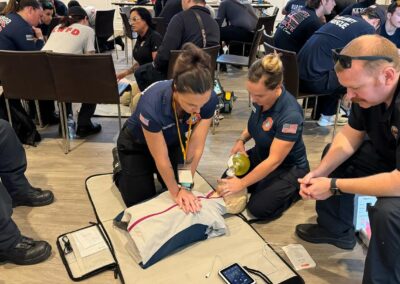
This article delves into the critical components of cardiac arrest resuscitation during the prehospital phase.

An improper bag-ventilation technique may be the reason why a patient’s vital signs drop.
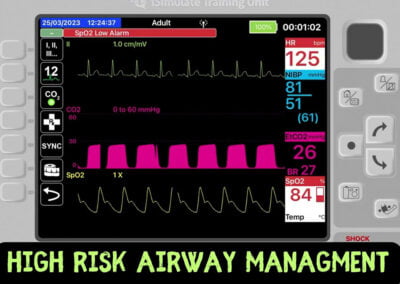
Here’s what you need to know about high-risk airway management.
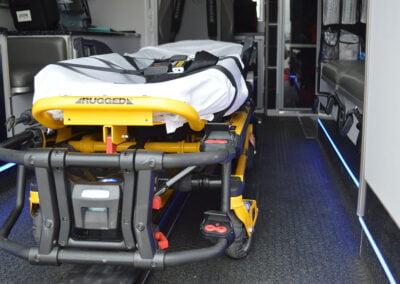
This article emphasizes the importance of recognizing and managing the "physiologically difficult airway" in EMS.
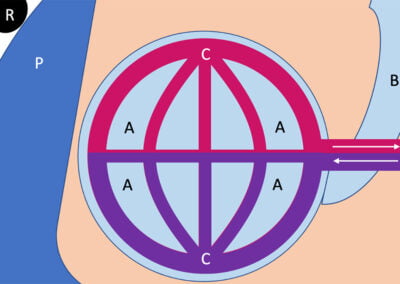
Differentiating between pulmonary diseases is key in providing the correct and adequate treatment.
JEMS Now Newsletter
Subscribe to JEMS and get the latest insights and information about the world of Emergency Medical Services directly to your inbox including the latest news, features and educational content on prehospital airway management.
